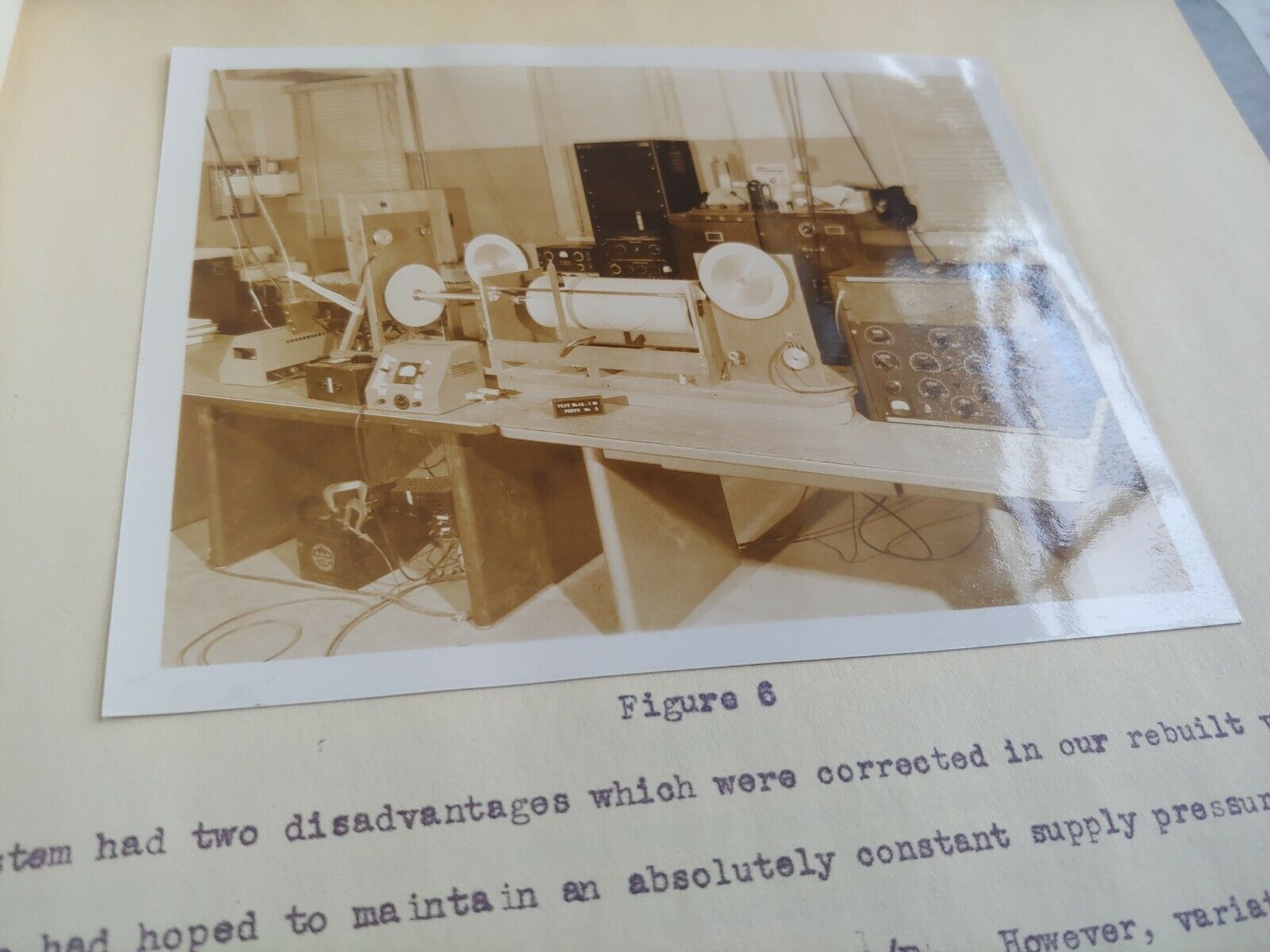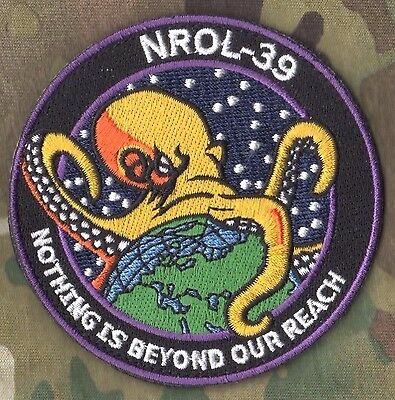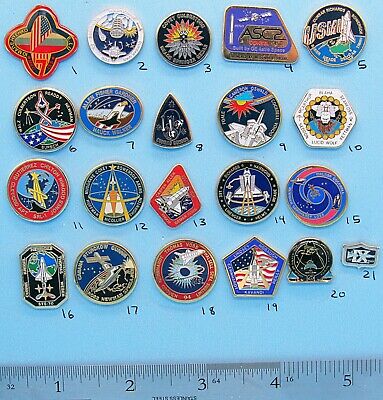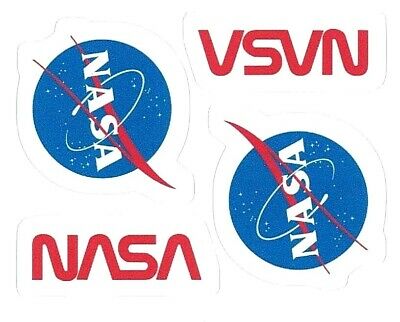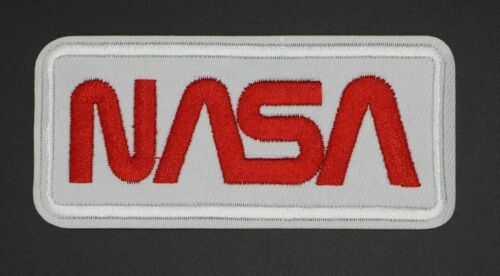-40%
RARE NASA JPL 1954 Original Flexible Nozzle Report w Photos Wind Tunnel Apollo
$ 23.76
- Description
- Size Guide
Description
Another rare piece of JPL/NASA history from the estate of Robert E. Covey. Written by Covey himself, a 1954 internal ten page report from the early days of the wind tunnel project featuring five original photos entitled FLEXIBLE NOZZLE CALIBRATION. This report predates NASA's formation in 1958 and is an excellent piece of highly collectible early aerospace ephemera.Chapter 6 - Wind Tunnels in the Space Age
New Goals as NACA Becomes Part of NASA
Less than a year after Sputnik was orbited, President Eisenhower signed the National Aeronautics and Space Act of 1958. NACA was the nucleus of the new NASA organization. Its centers at Ames, Lewis, and Langley were now designated NASA Research Centers. Also absorbed were NACA's Flight Research Center at Edwards, California, and the NACA rocketlaunching facility at Wallops Island, Virginia. From the Army came Werner von Braun's rocket group at Huntsville, Alabama; the Naval Research Laboratory (NRL), Washington, D.C., transferred its Project Vanguard team of scientists; and the California Institute of Technology's Jet Propulsion Laboratory (JPL), Pasadena, California, became a close associate of the new National Aeronautics and Space Administration (NASA). In terms of long- range goals, America's vision had suddenly expanded from aircraft and missiles to satellites, manned space flight, and probes to the other planets. Wind tunnel testing would be essential for the ambitious launch and reentry vehicles projected. In terms of wind tunnel test facilities, though, only JPL was able to add significantly to NACA's already large inventory of wind tunnels and aerodynamic research facilities.
The Jet Propulsion Laboratory brought with it two wind tunnels: a 20-inch supersonic tunnel that had been completed in 1948 and a 21-inch hypersonic tunnel that had become operational in 1954. The former was one of the first to employ a flexible nozzle in its range from Mach 1.3 to Mach 5.6. The latter, the hypersonic facility, was a particularly significant addition to the existing NACA spectrum of tunnels. Covering the range from Mach 4 to Mach 11, with continuous-flow capability, it operated at pressures up to 715 psia and temperatures to 1350° F. The nozzle throat necked down to a minimum of less than 1/30 inch, giving an expansion ratio of 842 between throat and test section. Between the throat and test section there was a long flexible-wall nozzle contoured by an array of remotely controlled hydraulic jacks to an accuracy of 1/ 1000 inch or better. JPL had constructed these two tunnels for its Army missile work. They were a welcome addition to newly formed NASA.




